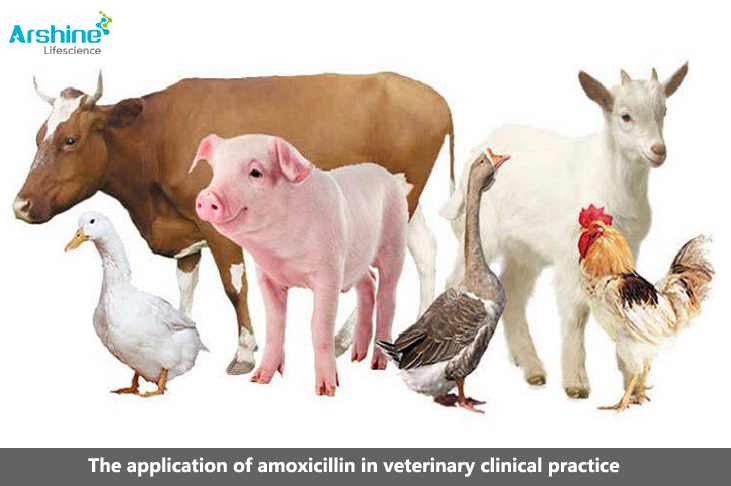

Introduction: Amoxicillin, as one of the most commonly used drugs in pig farming, is reflexively and promptly administered by farmers to pigs showing signs of inflammation. However, prolonged use has led to a loss of confidence among farmers, primarily due to either a perceived decline in the drug's quality or increased pathogen resistance. To enhance the effectiveness of veterinary drugs without increasing costs, understanding drug compatibility techniques and their underlying mechanisms is crucial. Below, I'll briefly explain this issue:
Drugs that can be combined with veterinary amoxicillin and their synergistic mechanisms: Amoxicillin is a fast-acting bactericidal antibiotic that targets the bacterial cell wall during the replication phase, leading to bacterial lysis and exerting its antibacterial effect. The veterinary drugs that enhance its effectiveness through combination include:
Detailed explanation of the drug combination scheme between veterinary amoxicillin and colistin sulfate: Understanding the combination of drugs is just the first step in formulating a treatment plan. More importantly, understanding the proper proportions of the combined veterinary drugs is crucial to enhancing antibacterial effects without increasing drug costs. Relevant medication formulas include:
Application scenarios in pig farming:
Amoxicillin is a commonly used veterinary drug often combined with other drugs to enhance therapeutic efficacy. Here are some optimal combinations for amoxicillin:
It's important to note that different combinations may be suitable for different diseases and animal species, and specific usage and dosages may vary due to individual differences. Before using any veterinary drug, it is essential to consult a professional veterinarian to ensure safety and effectiveness.
Add: Block 14, No.100, Luyun Road, Changsha 410205, Hunan, China.
Email: info@arshinevet.com
WeChat: +8618874001228
WhatsApp: +8615697311407
Tel:86-731-82294958